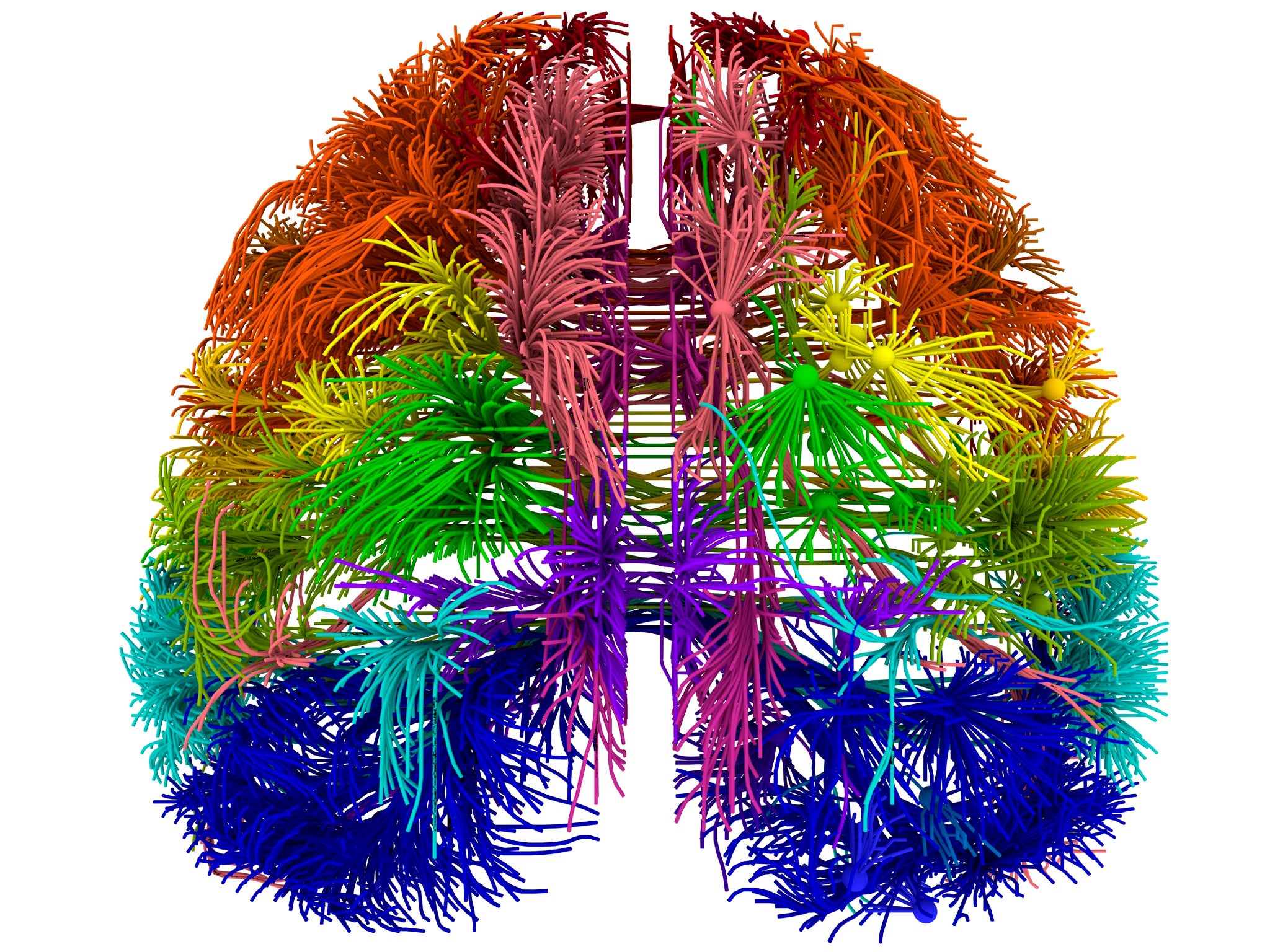Artists brains are 'structurally different' claims new study
Limited study found more grey and white matter in artists' brains connected to visual imagination and fine motor control

Your support helps us to tell the story
From reproductive rights to climate change to Big Tech, The Independent is on the ground when the story is developing. Whether it's investigating the financials of Elon Musk's pro-Trump PAC or producing our latest documentary, 'The A Word', which shines a light on the American women fighting for reproductive rights, we know how important it is to parse out the facts from the messaging.
At such a critical moment in US history, we need reporters on the ground. Your donation allows us to keep sending journalists to speak to both sides of the story.
The Independent is trusted by Americans across the entire political spectrum. And unlike many other quality news outlets, we choose not to lock Americans out of our reporting and analysis with paywalls. We believe quality journalism should be available to everyone, paid for by those who can afford it.
Your support makes all the difference.It’s a truism to say that artists see the world differently from the rest of us, but new research suggests that their brains are structurally different as well.
The small study, published in journal NeuroImage, looked at the brain scans of 21 art students and 23 non-artists using a scanning method known as voxel-based morphometry.
Comparisons between the two groups showed that the artist has more neural matter in the parts of their brain relating to visual imagery and fine motor control.
Although this is certainly a physical difference it does not mean that artists’ talents are innate. The balance between the influence of nature and nurture is never easy to divine, and the authors say that training and upbringing also plays a large role in ability.
The brain scans were accompanied by various drawing tasks, with the researchers finding that those who performed best at these tests routinely had more grey and white matter in the motor areas of the brain.
"The people who are better at drawing really seem to have more developed structures in regions of the brain that control for fine motor performance and what we call procedural memory," lead author Rebecca Chamberlain from KU Leuven University, Belgium told the BBC.
The artists also showed significantly more grey matter in the part of the brain called the parietal lobe, a region involved with a range of activities that include the capacity to imagine, deconstruct and combine visual imagery.
Scientists also suggest that the study would help put to rest the idea that artists predominantly use the right side of their brain, as the study showed that increased grey and white matter was found equally distributed.
Despite this, previous research has suggested that there are some hard-wired structural differences between individuals’ brains, with some of the divides falling across gender lines.
A ‘pioneering study’ published in December last year found that male brains had more neural connections running front to back while female brains had more connections between the right and left hemisphere. Scientist suggested that this could explain why men are ‘better at reading maps’ and women are ‘better at remembering a conversation.
Join our commenting forum
Join thought-provoking conversations, follow other Independent readers and see their replies
Comments